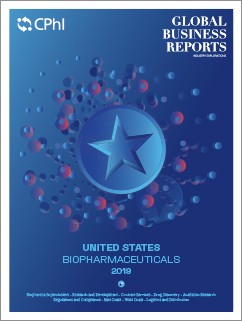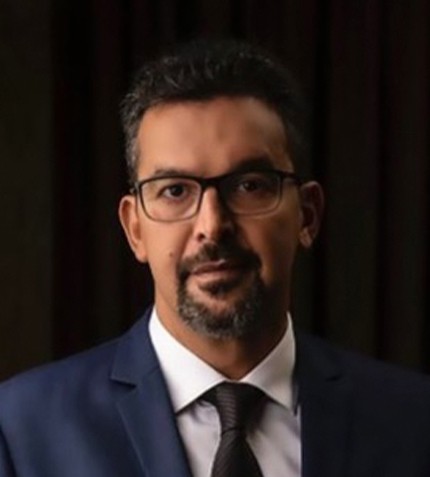
"One of the key goals moving forward will be to grow our biologics business to equal our small molecule business in revenue. Generics are still part of our business plan, but a significant amount of this business will be around innovation.”
RELATED PUBLICATION
ARTICLES FROM THIS PUBLICATION
Hugh Davis
CHIEF BUSINESS OFFICER, FRONTAGE LABORATORIES
Established in 2001, Frontage offers a full suite of CRO services for both small and large molecules. Could you introduce our readers to Frontage?
Frontage has an employee base of approximately 700 people in the United States and China, and we had a revenue of over US$85 million in 2018. The company’s growth has been organic apart from the acquisition of Concord Biosciences and its pre-clinical, safety and toxicology facility in April 2018. Frontage works with 13 out of the top 20 multinational biopharmaceutical companies around the world, but these companies only constitute approximately 20% of our overall business.
Frontage has completed end-to-end late discovery through clinical proof of concept, especially within the small molecule development space. In addition, the company has also ventured into the biologics space, which is currently heavily trending towards cell and gene therapy development. Biologics development is a new growth area for Frontage, but our small molecule segment continues to thrive.
Frontage operates a ‘two countries, one system approach,’ due to its operations in the United States and China. How have your operations in China evolved in recent years?
Frontage’s operations in China grew significantly in 2015, after CFDA regulations became stricter for generic drug manufacturing. As we were one of the only bioanalytical and clinical sites that had the same quality standards in China as the rest of the world, and we complied to the CFDA standards, Chinese domestic companies knew they could trust us as a high-quality provider. The value that we offer is that we have a quality approved system that we not only use in the United States, but have transferred completely and identically to China. We have collaborated with 18 clinical centers in hospitals in China that use our quality system and thus operate to world class standards.
With regards to the Chinese market, there is a substantial number of new portfolios, assets and platforms being established each year that are focused on innovation. As part of a five-year strategic plan, China identified biotechs as a key driver for their economy and thus invested a significant amount of funds and effort into growing the sector. They had an initiative to entice Chinese companies operating elsewhere in the world to come back to China. Today, the biotech industry is significantly developed, and many companies have well-trained, English speaking teams who are constantly working on innovative technologies within the life sciences space.
As Frontage prepares to list on the SEHK in 2019, what will be your key objectives moving forward?
One of the key goals moving forward will be to grow our biologics business to equal our small molecule business in revenue. Generics are still part of our business plan, but a significant amount of this business will be around innovation. The imminent IPO will give Frontage the first chance to bring in outside funds that will allow us to grow the business substantially.











